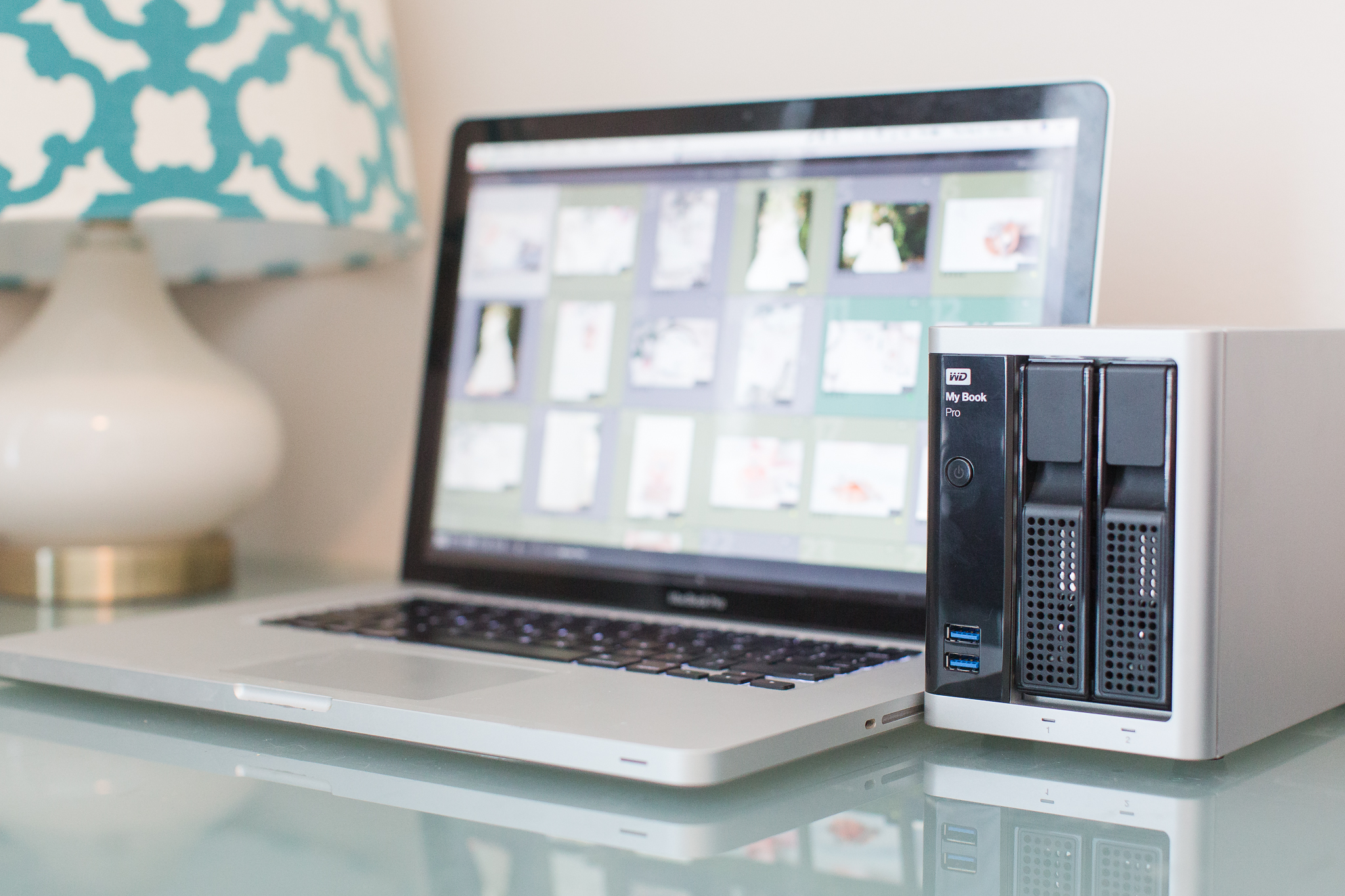A new year means new process and updating workflows. One thing I constantly read on forums is that photographers don’t know the best way to archive and back up files or that they thought they knew how and something happened and they lost everything. There’s not much worse than a photographer losing all of their work. God forbid it be work that they’re currently working on. We know corrupt hard drives can be very expensive to potentially repair. Once a hard drive fails, there is no guarantee that you will even get it fixed and is pretty expensive!!!
So I wanted to walk you through 2 methods for making sure your files are safe and backed up. So we all know, the more places our files are backed up – the better! This couldn’t be easier nowadays. Especially with storage being so cheap. When you have priceless files you NEED to make sure they’re archived correctly to the best of your ability. Here are my two methods:
Method 1:
This is my personal method and most secure method but its also the most expensive. But I have no worries about my files. So what is it you ask? This bad boy!

This is the Western Digital My Book Pro. Now there are a ton of these RAID drives on the market. Not saying mine is the best out there but it’s good priced and easy to use. Drobo and LaCie are some other good brands. So what this drive does that’s so great is it has 2 separate hard drives in it and it automatically copies all the files from drive 1 to drive 2.
I know that can be a little confusing. So let me explain it a little further. If you buy a 16tb RAID drive that means you have one enclosure with 2 X 8tb hard drives in it. When you plug it in, it’s just like any other external hard drive. You see one drive mount onto your desktop. This drive that you are seeing is the drive that in slot A of your hard drive and whatever you copy onto that drive will automatically copy over to the second hard drive in slot B.
So if anything ever happens to one of the drives, like it goes bad or gets corrupt, you have a copy of that drive. Typically getting back up and running is as simple as taking out the bad hard drive and putting in a new one. So there is no downtime at all.
If you want to be ultra-safe, like me, you just need to duplicate this system and store it in a whole different location. With RAID drives there is a very very small likelihood of losing both drives at the same time. Actually, I can only think of 2 instances where it could likely happen: The drive being stolen or the drive being physically damaged, like dropping it off your desk.
Method 2:
This method is easier on the wallet but in my opinion is a little time consuming and clunky. If you have 2 completely different external drives you can create a faux RAID set up by simply copying each file you put on 1 drive onto the other drive. You’d have to remember which files you had and had NOT copied and you’d have to remember to do this each time. You could use a program like Goodsync or DropSync to scan each drive and find the differences and then sync them.
I did this method for a long time until I almost accidentally erased everything using DropSync. Which is actually pretty easy to do using a syncing program. So I saved up and bought a RAID drive. It’s made my workflow that much more streamlined and stress-free.
Lastly, regardless of any method you use, be sure to back up your final jpegs to a service like Zenfolio, Dropbox, or even Amazon Photos. If you use method 1 along with something like Zenfolio, you’ll never loose your work.
Hope it helps,






